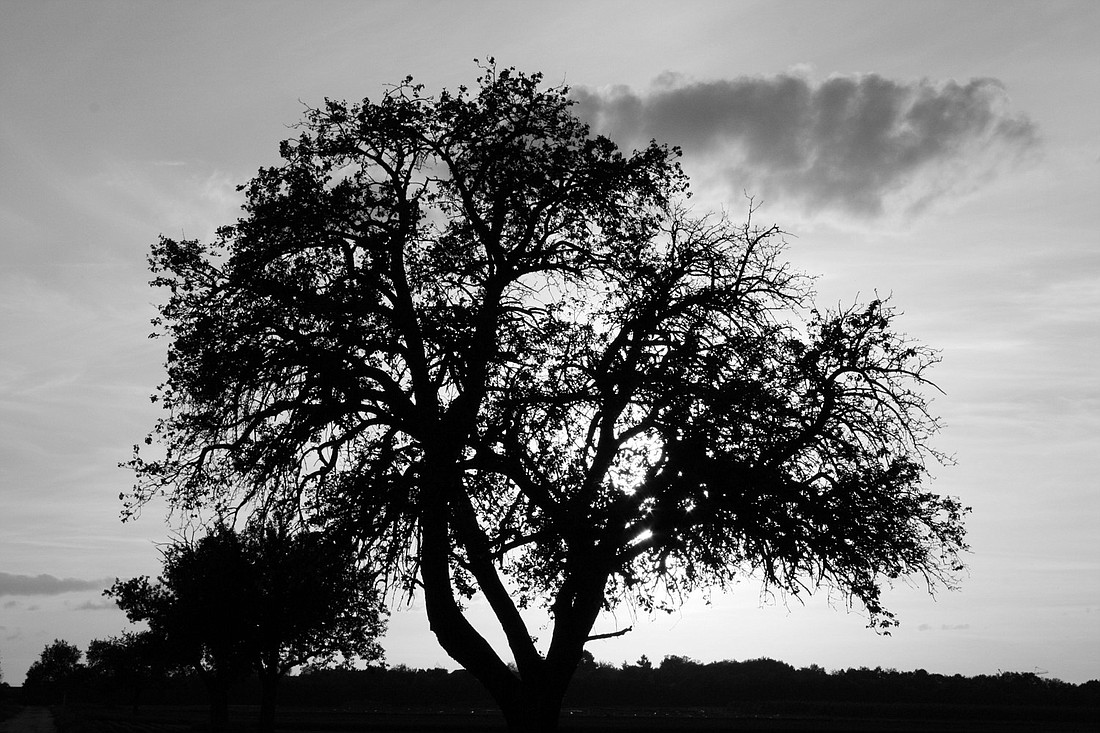- April 18, 2024
-
-
Loading

Loading

The shelter in Bunnell held a summit Oct. 24.
On noticing an alcove set up outside of the United Methodist Church of Bunnell in 2007, Carla Traister, now-director of shelter operations for the Sheltering Tree, got to thinking.
The alcove was littered in cardboard, blankets, food. It was the sleeping area of a local vagrant, and Traister realized that if the shelter was set up just one foot over, it would be on the other side of the church’s wall, and the sleeper would be warm.
That’s when the idea for the Sheltering Tree cold-weather shelter officially took root.
“It seemed like a very simple thing to do, just to open up the doors,” Traister said. “We decided to do something and be something for the community.”
Now in its fourth year, the Flagler County Family Assistance Center — or Sheltering Tree — hosted a meeting Oct. 24, at the Flagler County Chamber of Commerce & Affiliates, to provide information on the opening of its cold-weather shelter and to brainstorm expansion ideas.
The shelter, which provides dinner, a cot and breakfast to the homeless each day when the predicted temperature drops below 40 degrees as of 6 p.m., opens an average of 35 nights per year. The only homeless shelter in the county, it has capacity to feed more than 50 people and sleep up to 32 people per night.
It operates through donations from the United Methodist Church of Bunnell, which provides space in its fellowship hall at per diem lease fees, and through a 100-person volunteer staff.
“The fact is, they’re in our community, and they’re part of our community,” DeAnna O’Flaherty, Sheltering Tree secretary, said of the homeless. “We really strive to be a place that provides services in a dignified way.”
Alcohol is prohibited from shelter premises, as are people who have been drinking. Clients are not given money; they are given toiletries, and clothing, when available. Some volunteers stay overnight on duty.
“You can imagine how much shower and laundry equal dignity,” O’Flaherty said. “It sometimes can be hard to tell the clients from the volunteers.”
According to Traister, the host church leaders knew splitting its facility into a seasonal homeless shelter would cause problems in its congregation. And although they were right — members have decreased noticeably since the program’s inception, Traister says — they hold fast to the initiative.
“(Our clients) have no place to go in the county that will allow them to sit down,” Traister said. “They’re chased from one place to another.”
But the church accepts them, she continued. Several in the nearby community have fought the program, she added. But when the homeless are sheltered, they’re sober, safe, not loitering, not committing crimes, O’Flaherty said. “We’re not creating a problem; we’re solving one.”
Although it has seen dramatic increases in female and returning clients, the Sheltering Tree’s typical client is male, age 40 to 60. Many have physical or mental health issues. But with Flagler’s unemployment rate one of the highest in Florida, a “vast majority” of the Sheltering Tree’s clients are not “drug-addicted raving lunatics,” O’Flaherty said. They’re people who need a warm place to sleep, a place that provides roots for reintegration back into the community.
“I get phone calls every single day for people who are seeking a shelter in this county,” Traister said. “If they run out of paycheck, they run out of a place to live.”
For more, write to FCFAC@ yahoo.com.